 Copyright 2013 by Dikranouhi Kirazian All rights reserved. No part of this publication may be reproduced or transmitted in any form or by any means, electronic or mechanical, including photocopying, recording, or any information storage and retrieval system, without permission in writing from the publisher. Book Design: Mabelle Reynoso Photography: John Arquilla Lisa Kradjian George Kirazian ArmenianVegan.com DEDICATION There are many people I want to thank for all the help they gave me while I wrote this book. But I want to first thank God for giving us all the beauty and abundance to enjoy life fully. I want to thank my husband George with all my heart and gratitude for his love and encouragement, and most of all for his countless hours of typing and editing this manuscript, and for testing and tasting every recipe in this book! I also want to thank my childrenYvette, Andrea, and Lisafor their constant encouragement. They have always been, and continue to be, helpful and supportive.
Copyright 2013 by Dikranouhi Kirazian All rights reserved. No part of this publication may be reproduced or transmitted in any form or by any means, electronic or mechanical, including photocopying, recording, or any information storage and retrieval system, without permission in writing from the publisher. Book Design: Mabelle Reynoso Photography: John Arquilla Lisa Kradjian George Kirazian ArmenianVegan.com DEDICATION There are many people I want to thank for all the help they gave me while I wrote this book. But I want to first thank God for giving us all the beauty and abundance to enjoy life fully. I want to thank my husband George with all my heart and gratitude for his love and encouragement, and most of all for his countless hours of typing and editing this manuscript, and for testing and tasting every recipe in this book! I also want to thank my childrenYvette, Andrea, and Lisafor their constant encouragement. They have always been, and continue to be, helpful and supportive.
I also want to thank my sister, Arshagouhi Tavitian, who continues to share with me her knowledge and expertise. I dedicate this book to the memory of my Mother, Ovsanna Hovsepian; my Grandmother, Tuhrvanda Hovsepian; my Aunt, Mariam Kudulian; and my mother-in-law, Rose Kirazian. Their love, patience, and fond memory guided me to write every page of this book. 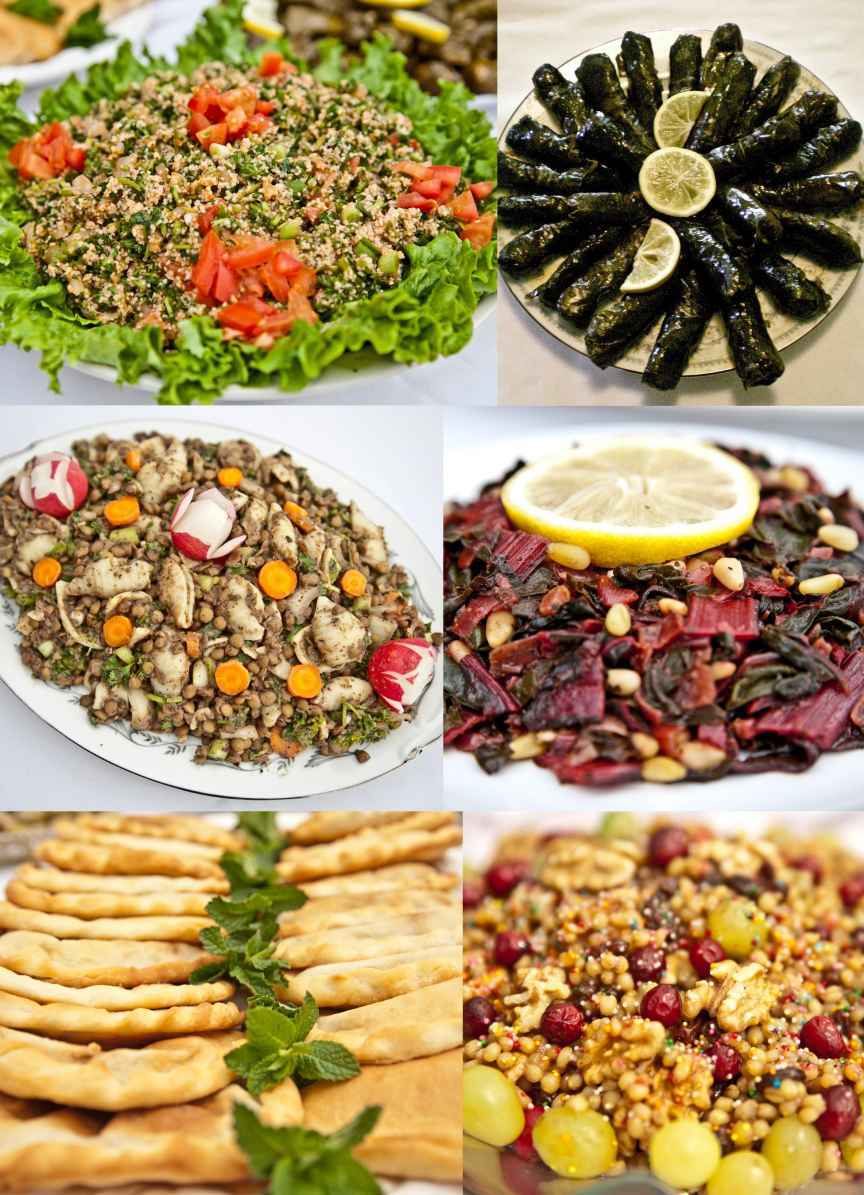 CONTENTS
CONTENTS 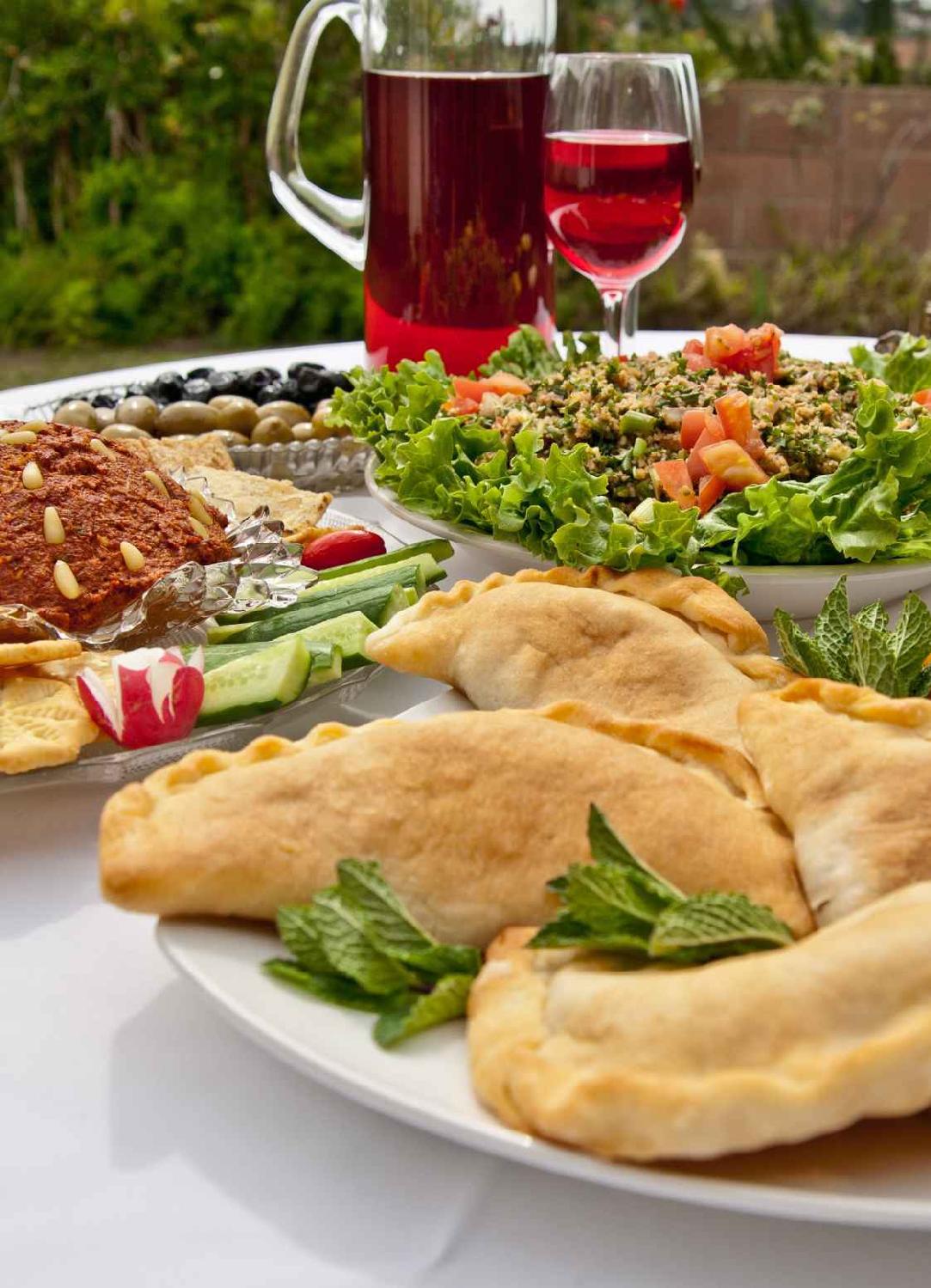 INTRODUCTION I am proud to be an Armenian. Armenians have a great and rich heritage: a history of thousands of years as the proud survivors of many persecutions, and the first nation to accept Christianity. Armenia is a mountainous country in the South Caucasus Mountains,in the highlands surrounding the Biblical mountains of Ararat, upon which Noah's Ark is said to have come to rest after the flood.
INTRODUCTION I am proud to be an Armenian. Armenians have a great and rich heritage: a history of thousands of years as the proud survivors of many persecutions, and the first nation to accept Christianity. Armenia is a mountainous country in the South Caucasus Mountains,in the highlands surrounding the Biblical mountains of Ararat, upon which Noah's Ark is said to have come to rest after the flood.
Our people are hospitable and proud of their art, culture, food, folk music and religious traditions. I was born in Beirut, Lebanon. My parents and family survived the 1915 Turkish massacres, and later settled in that beautiful, hospitable Christian/Arabic nation. We all lived peacefully and harmoniously, with the various religious groups participating in, and sharing, government authority. Sadly, in the late 1950's and 60's, because of the Civil War, many people left the country. But in recent years Lebanon has been rebuilt, and people can once again hope to live normal lives.
I came to America in 1959, married soon after, and with my husband raised our three children in Southern California. Throughout these years, I often recalled my childhood and began to prepare the meals I had helped to prepare as a young girl. I wanted to write down the many recipes because my mother, grandmother, and auntall excellent cookshad never written them down. They had learned from their mothers and grandparents, in the great oral cuisine tradition of our people. This book contains Armenian Vegan recipes. Many people in the Middle EastArmenians, Arabs, Greeks, and Turksinfluenced each other by making various changes to classic recipes while keeping the basic recipe intact.
I wanted to write a Vegan cookbook because when I was growing up, my family did not eat anything derived from animals during religious holidays such as Easter, Christmas, and other special holidays. Those years gave me great memories, healthy eating habits, and precious spiritual experiences which I will always remember and treasure. I learned how to cook by helping and watching my Mother, Grandmother, and Aunt create their unique meals. I was so excited to help prepare the pilaf, shish kebab, kufteh, paklava, and other favorite dishes. Actually, the main reason Im writing this cookbook is to pass these recipes on to my own daughters, grandchildren, and nieces. Some of my happiest memories were of the summers when we prepared food that would last through the winter into the spring.
My Grandmother grew all vegetables and fruits in our own garden. Nearly every inch of land was used to plant somethingvegetables, fruits, herbs and flowersand provided nearly everything we needed. We often bought grains, lentils, beans, and prepared tomato paste to supplement what we produced. It was so much fun to chop the tomatoes for tomato paste, boil the wheat and then dry it on the roof. We usually had work parties that would help to sort out the minute pebbles from the dry wheat. Our neighbors would come to help and retell folktales and other stories while we all worked.
We would then take the wheat to the neighborhood mill for grinding and then use it to make bulghur. There were other fun food chores. In the Summer, my Mother would wash our feetmy sisters and mineand then we would stomp on grapes and also on soaked wheat to make starch, something we both loved to do. Of course, our feet would need to be washed again! I would then watch the grown-ups as they cooked the grape juice to make bastukh (fruit roll) and baakmaaz (grape juice molasses). All through the Summer my family made jams, jellies, and pickles, and stored them in large crock pots. These lasted all through the Winter until the following early Summer, when we prepared them again.
We also sun-dried various vegetables and fruits because we loved their unique taste: stringbeans, tomatoes, okra, eggplant, and other vegetables. Another reason we dried them, was that these fruits and vegetables were not available throughout the winter. Of course, there were winter vegetables, too: turnips, cauliflower, cabbage. Whenever I wanted a snack, I had fresh vegetables. I climbed our trees for fruit snacks in the Summer and enjoyed dried fruits in the Winter. We had candy on only very special occasions.
Looking back on those years, I realize now how much work was involved in preparing those meals. Nevertheless, the work was never a burden. Every family helped other neighborhood families, and the result was a beautiful camaraderie and a lifetime of lovely memories. Today, of course, many of these fruits and vegetables are available nearly year-round. True, its all very convenient, but much of the love and golden memories are missing. These recipes have all been tested and measured, and offer easy-to-follow directions that will yield delicious, nutritious dishes.
I have kept many of the traditional recipes, but have also included my own creations. These vegan recipes are perfectly suited to daily fare and also to fasting during religious holidays. Theyve been prepared with love, my fondest memories, and a deep respect for our Armenian heritage. Welcome to, and enjoy, Armenian Vegan! Pari Akhorjag! Dikranouhi Kirazian San Diego, California Note for Meat Lovers: Please remember that you can add meat to these vegetable dishes if you wish. 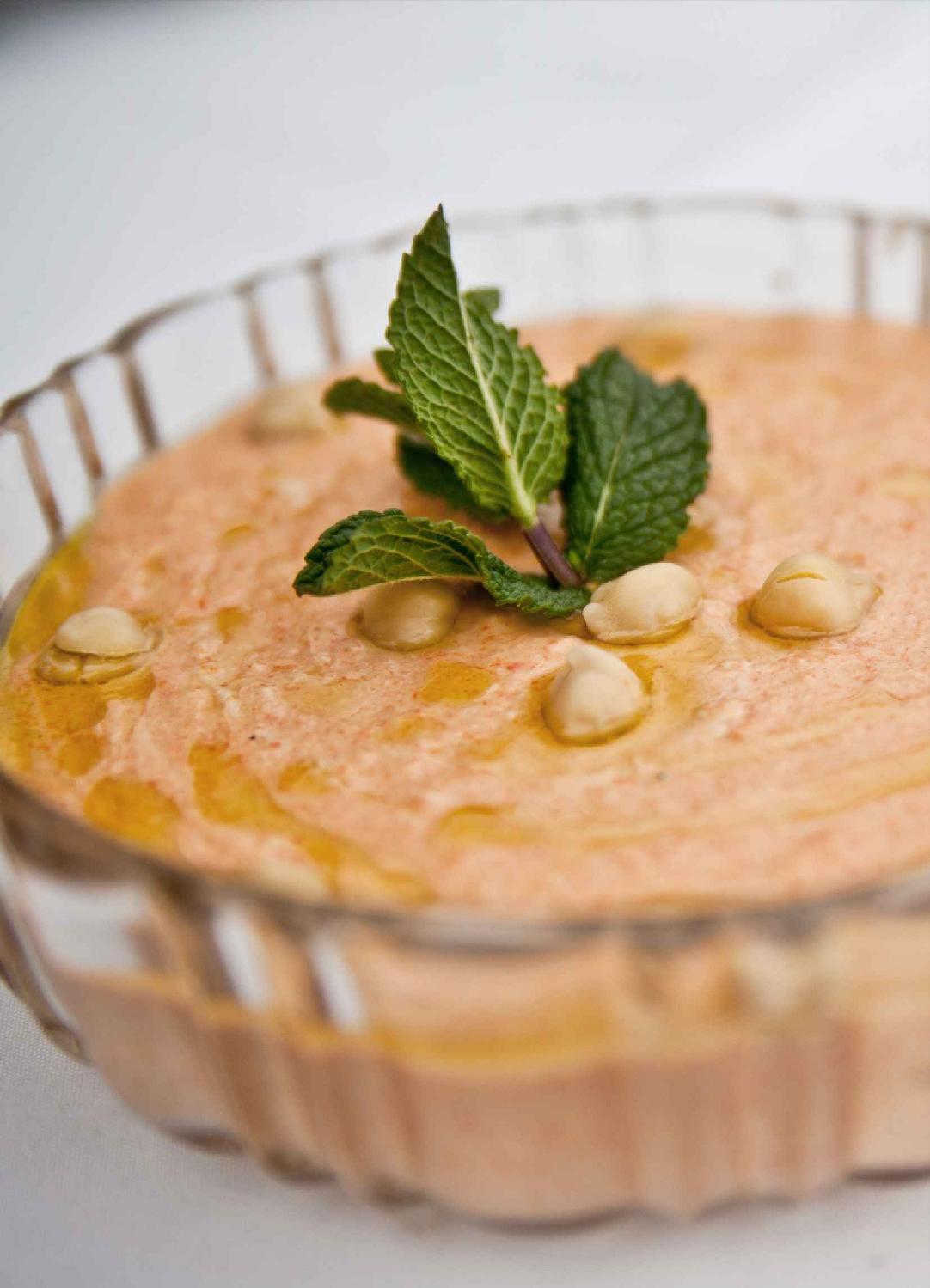 Hummus with Roasted Red Bell PeppersAPPETIZERS These Appetizers (Mezze, in Armenian) are very popular and tasty. The Armenian custom is to offer many different varieties of Appetizers before the main meal.
Hummus with Roasted Red Bell PeppersAPPETIZERS These Appetizers (Mezze, in Armenian) are very popular and tasty. The Armenian custom is to offer many different varieties of Appetizers before the main meal.
Thus, even if you sample only a bit of each, you'll enjoy them so much that you may not have any room for dinner. Remember: the Main Dish will soon follow. 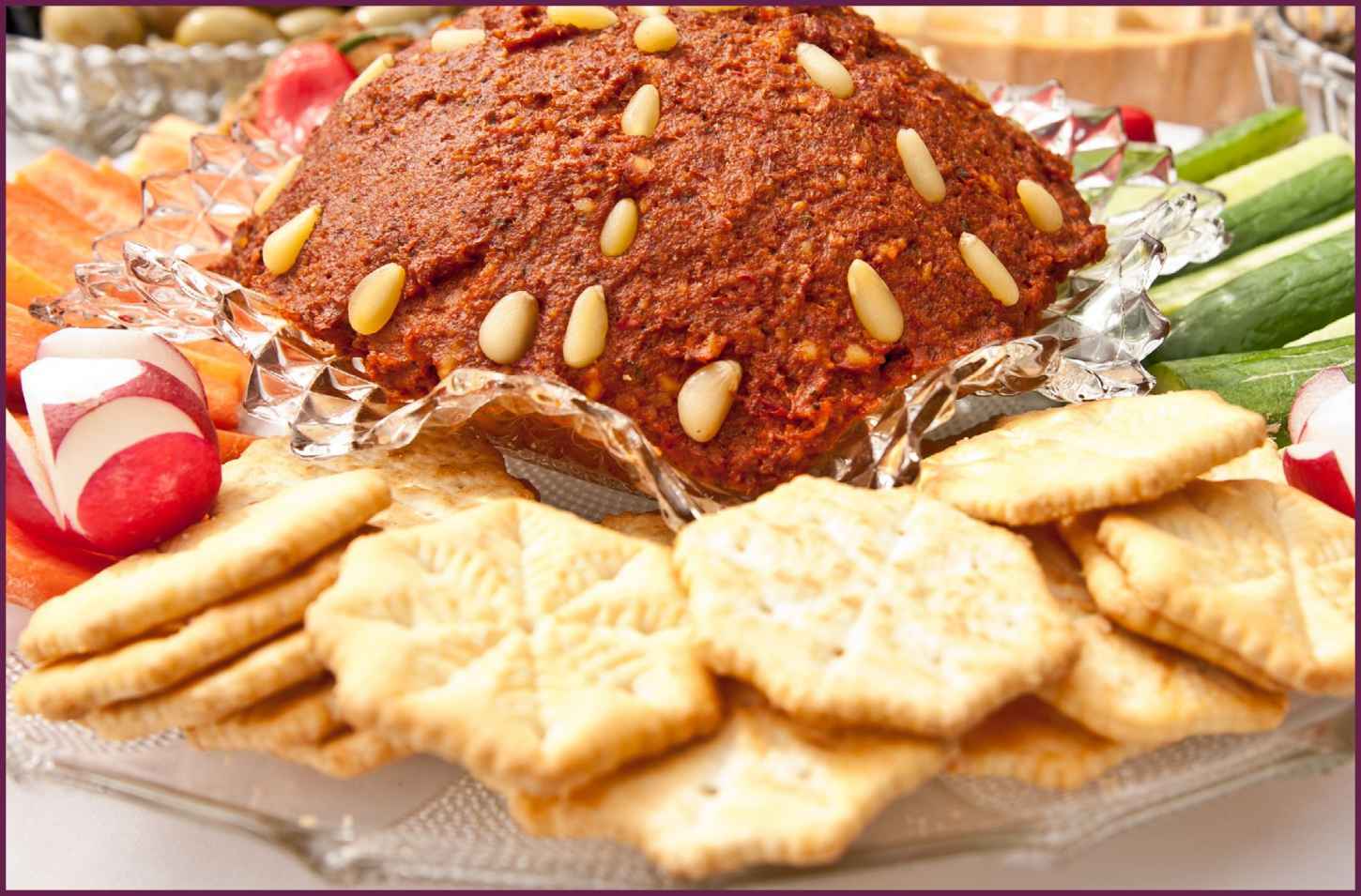 Walnut and Red Pepper Paste Spread
Walnut and Red Pepper Paste Spread
Next page
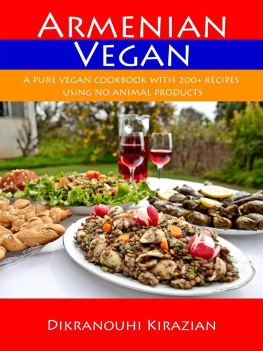
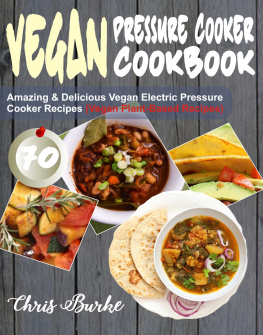

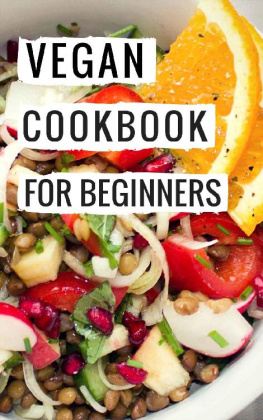
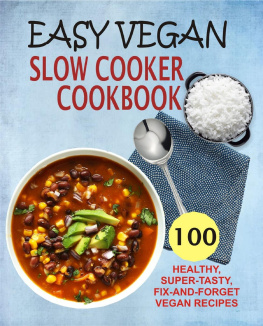
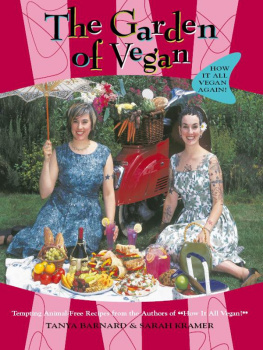

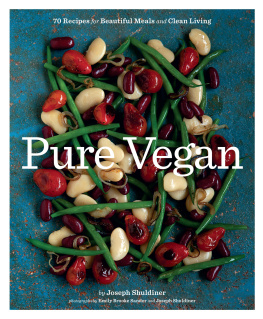
 Copyright 2013 by Dikranouhi Kirazian All rights reserved. No part of this publication may be reproduced or transmitted in any form or by any means, electronic or mechanical, including photocopying, recording, or any information storage and retrieval system, without permission in writing from the publisher. Book Design: Mabelle Reynoso Photography: John Arquilla Lisa Kradjian George Kirazian ArmenianVegan.com DEDICATION There are many people I want to thank for all the help they gave me while I wrote this book. But I want to first thank God for giving us all the beauty and abundance to enjoy life fully. I want to thank my husband George with all my heart and gratitude for his love and encouragement, and most of all for his countless hours of typing and editing this manuscript, and for testing and tasting every recipe in this book! I also want to thank my childrenYvette, Andrea, and Lisafor their constant encouragement. They have always been, and continue to be, helpful and supportive.
Copyright 2013 by Dikranouhi Kirazian All rights reserved. No part of this publication may be reproduced or transmitted in any form or by any means, electronic or mechanical, including photocopying, recording, or any information storage and retrieval system, without permission in writing from the publisher. Book Design: Mabelle Reynoso Photography: John Arquilla Lisa Kradjian George Kirazian ArmenianVegan.com DEDICATION There are many people I want to thank for all the help they gave me while I wrote this book. But I want to first thank God for giving us all the beauty and abundance to enjoy life fully. I want to thank my husband George with all my heart and gratitude for his love and encouragement, and most of all for his countless hours of typing and editing this manuscript, and for testing and tasting every recipe in this book! I also want to thank my childrenYvette, Andrea, and Lisafor their constant encouragement. They have always been, and continue to be, helpful and supportive. CONTENTS
CONTENTS  INTRODUCTION I am proud to be an Armenian. Armenians have a great and rich heritage: a history of thousands of years as the proud survivors of many persecutions, and the first nation to accept Christianity. Armenia is a mountainous country in the South Caucasus Mountains,in the highlands surrounding the Biblical mountains of Ararat, upon which Noah's Ark is said to have come to rest after the flood.
INTRODUCTION I am proud to be an Armenian. Armenians have a great and rich heritage: a history of thousands of years as the proud survivors of many persecutions, and the first nation to accept Christianity. Armenia is a mountainous country in the South Caucasus Mountains,in the highlands surrounding the Biblical mountains of Ararat, upon which Noah's Ark is said to have come to rest after the flood. Hummus with Roasted Red Bell PeppersAPPETIZERS These Appetizers (Mezze, in Armenian) are very popular and tasty. The Armenian custom is to offer many different varieties of Appetizers before the main meal.
Hummus with Roasted Red Bell PeppersAPPETIZERS These Appetizers (Mezze, in Armenian) are very popular and tasty. The Armenian custom is to offer many different varieties of Appetizers before the main meal. Walnut and Red Pepper Paste Spread
Walnut and Red Pepper Paste Spread